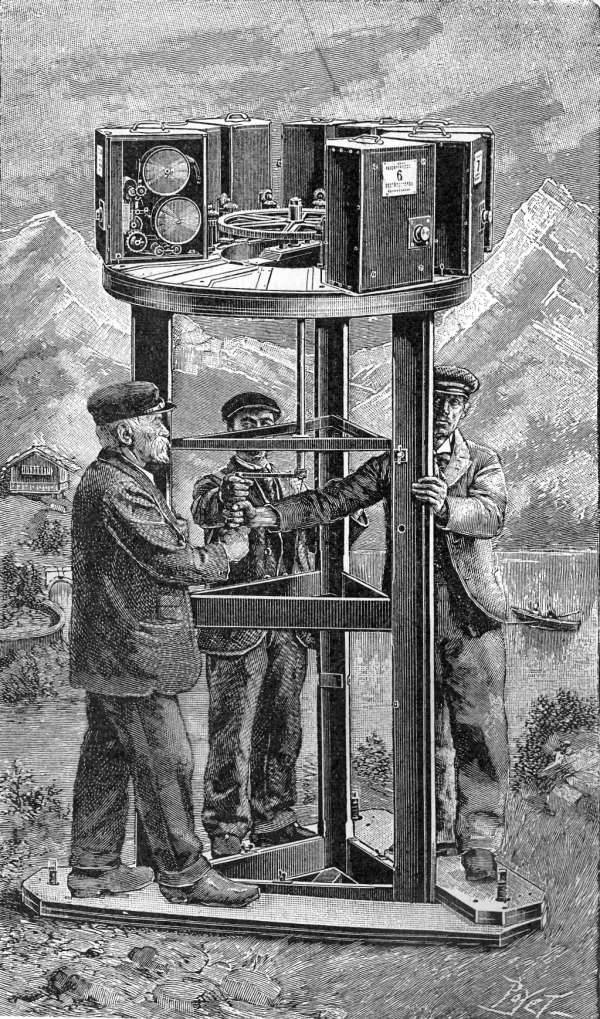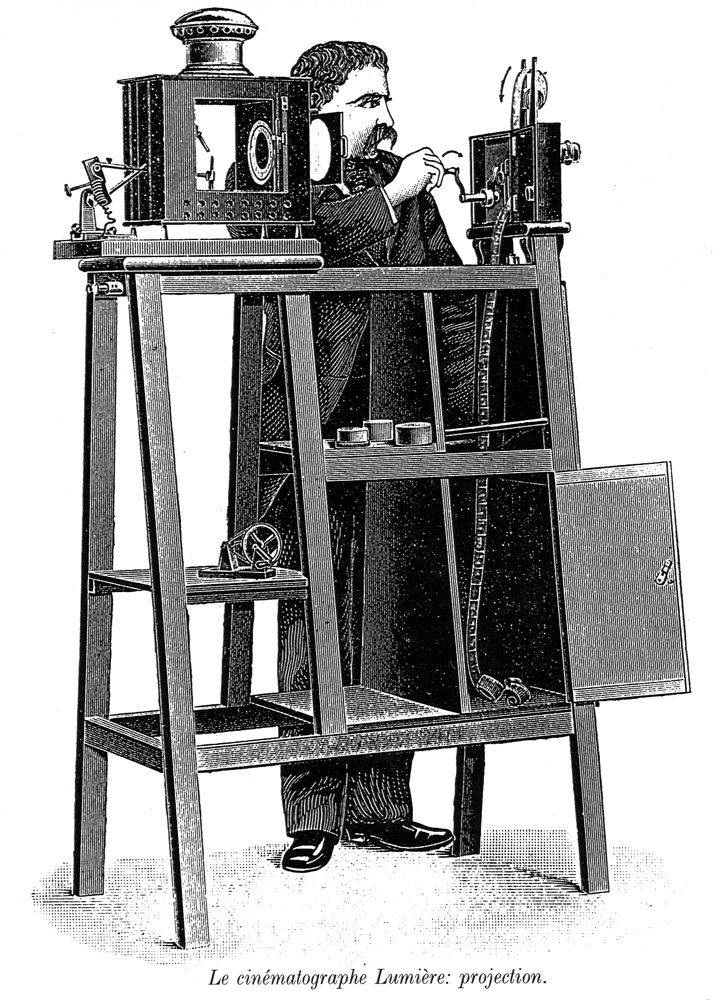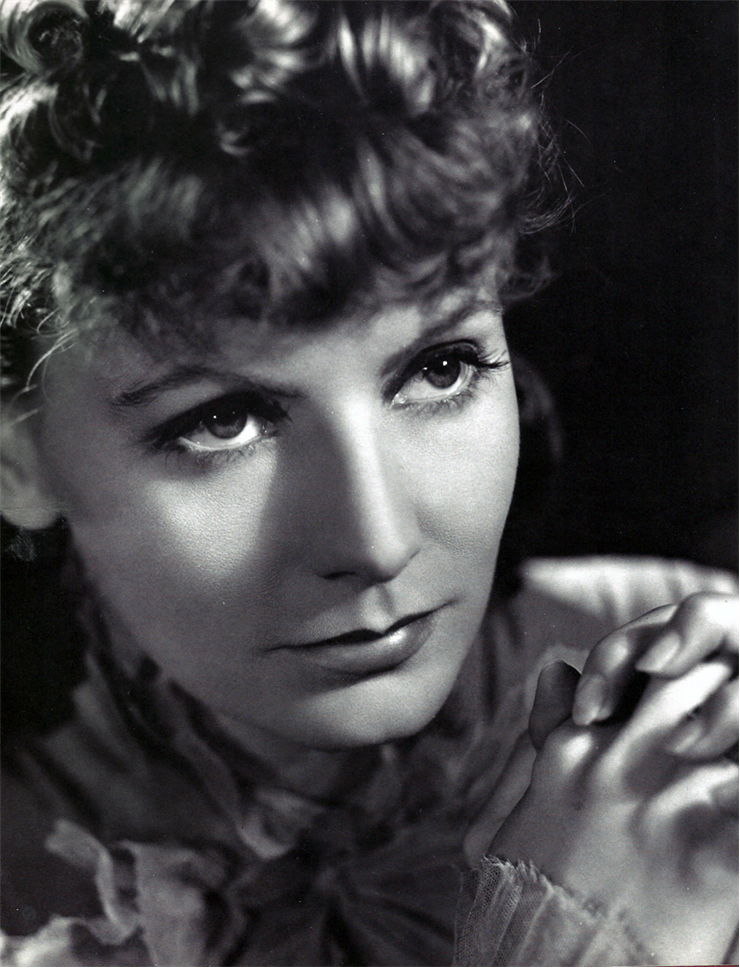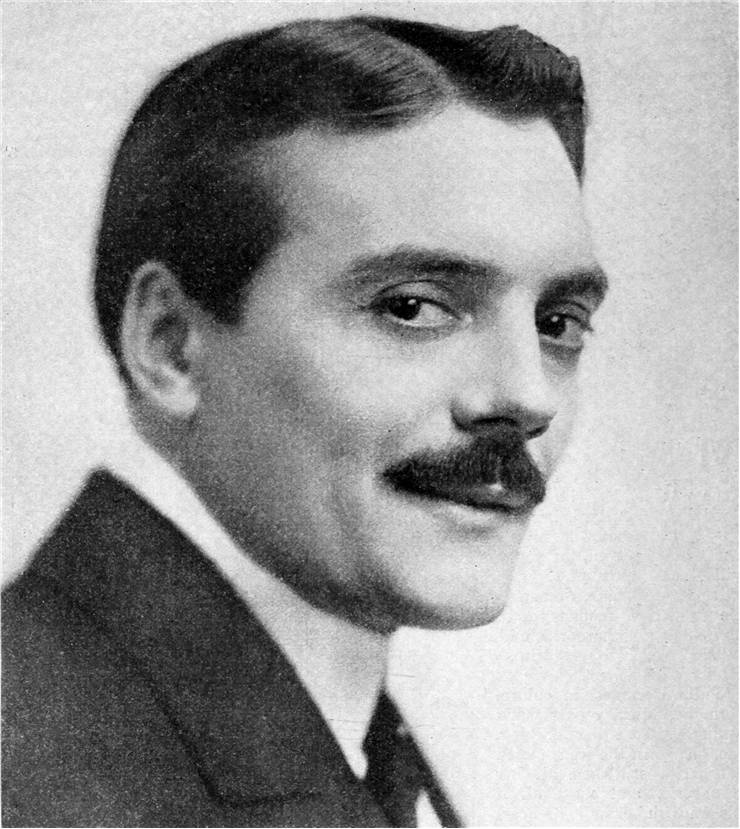History of Film and Cinema
Today’s modern entertainment cannot be imagined without the movie industry, which has helped shape our popular culture and empowered countless artists, crew members, and actors to test the limits of human imagination, emotion, and fashion. They managed to do so by harnessing all the available technical resources and enabling artists to paint on canvases that expanded in their scope with each passing year for over a century.
Today, just like one hundred years ago, when silent movies were popular, films enable us to dream a little more and strive to improve.
Movie History
The history of cinema, movies, and the film industry has undergone many changes that transformed the movie industry from the modest beginning with black and white silent films to the point we can enjoy today.
Movie Making
Producing a film from the ground up has always been daunting, and the evolution of technology tastes and the film industry enabled the creation of much more ambitious projects. You can here find out how films are made today.
Famous Filmmakers and Movie Stars
A combination of various factors, hard work, dedication, and persistence, can contribute to a filmmaker becoming famous and respected within the industry and among audiences. With more than 100 years of film history, famous filmmakers still significantly impact our modern films.
Brief History
The history of movies started in the late 19th century with the era of pioneers who worked on initial efforts to establish the movie business. Recording and projecting short single-camera films slowly expanded across Europe and the United States, motivating countless inventors and filmmakers to start growing this business.
Innovators like Thomas Edison created numerous devices that enabled movie reproduction. Still, his business decisions (patents) almost singlehandedly forced the movie creators out of the New York area and into sunny California, where they created Hollywood studios in 2nd decade of the 20th century. However, even before that popularization of film in the US and Europe can be mainly attributed to two influential companies - American Mutoscope Company that promoted short movies and created the first cinema in the US (“The Nickelodeon” in Pittsburg) and the other side of the Atlantic, French Lumière Company made over 1000 short silent films produced on all four corners of the world.
It would be a great mistake not also to mention one of the greatest visionaries of the silent movie era - Georges Méliès (who, in the first few years of the 20th century, managed to revolutionize the field of cinematic special effects), Charles Pathé (owner of the largest film company of that time), Robert W. Paul, James Williamson, and G.A. Smith.
The sound era lasted until the late 1920s with the tremendous successes of the films of Charlie Chaplin, Ben Huyr, Nosferatu, Battleship Potemkin, and others. However, a revolution in film arrived in 1927 with the Warne Bros. film “The Jazz Singer,” which marked the beginning of a new sound era. From then on, black-and-white sound films became immensely popular, birthing new stars and enabling directors and screenwriters to explore advanced storytelling techniques. As World War 2 faded away in memories, stars like Humphrey Bogart, Audrey Hepburn, Fred Astaire, and others ushered a new age of Hollywood that promoted fast-paced comedies, musicals, gangsters, and even a few science fiction films.
As total domination of Hollywood over the entire population of the US came to an end with the advent of television and government intervention where cinemas were forbidden to be owned by the studios themselves, the film industry moved to more serious themes, advances in storytelling, and actors whose performances blurred the line between protagonists and antagonists.
Carried to the 60s and 70s with the star talent of Marlon Brando, Gregory Peck, and Frank Sinatra, the history of the film industry again changed with the arrival of the first Blockbuster films (Star Wars). And from that moment on, the film industry entered a new age where summer blockbusters fought against winter Oscar contenders for the attention of the worldwide public.




